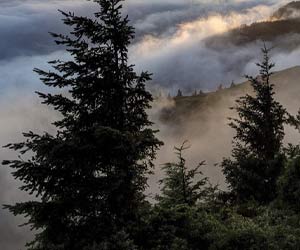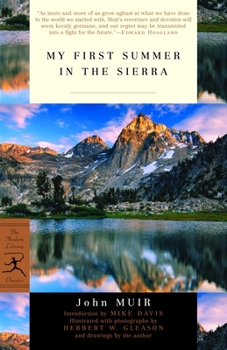My First Summer in the Sierra
Select Format
Select Condition 
Book Overview
John Muir, a young Scottish immigrant, had not yet become a famed conservationist when he first trekked into the foothills of the Sierra Nevada, not long after the Civil War. He was so captivated by what he saw that he decided to devote his life to the glorification and preservation of this magnificent wilderness. My First Summer in the Sierra , whose heart is the diary Muir kept while tending sheep in Yosemite country, enticed thousands of Americans...
Customer Reviews
An amazing introduction to John Muir
Nature is the only gardener able to do work so fine
Discovering the Range of Light
A classic of outdoor literature
A classic of outdoor literature
Exuberant. "In full communion with everything good."
My First Summer in the Sierra Mentions in Our Blog

What is Fixation Friday? In this new blog series, we'll spotlight a trending topic to explore. This week, it's Outdoor Adventures. If this is something you're excited about, read on as we follow the paths (and trails) this theme leads us down.

In celebration of Edward Abbey's birthday earlier this week, we are featuring a reading list of similar authors who came before and after him. More than just environmentalists, these activists raised clarion calls in defense of nature.






